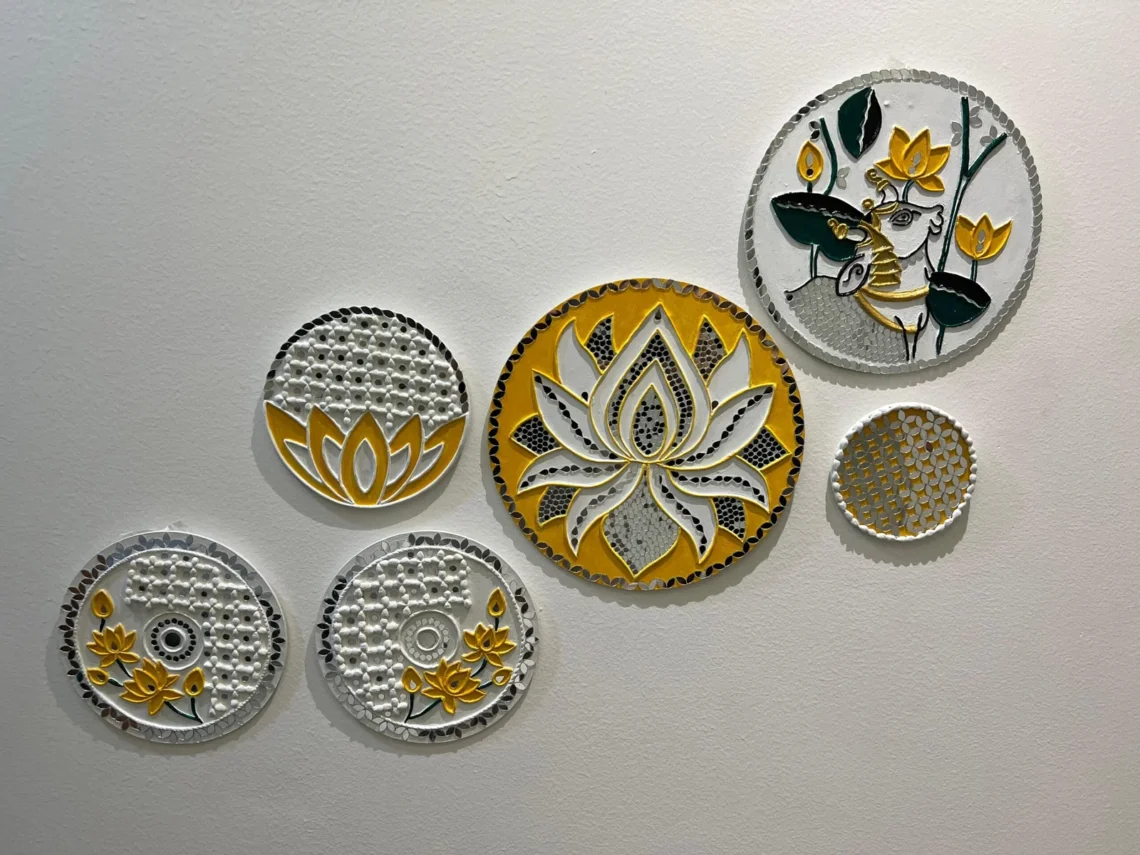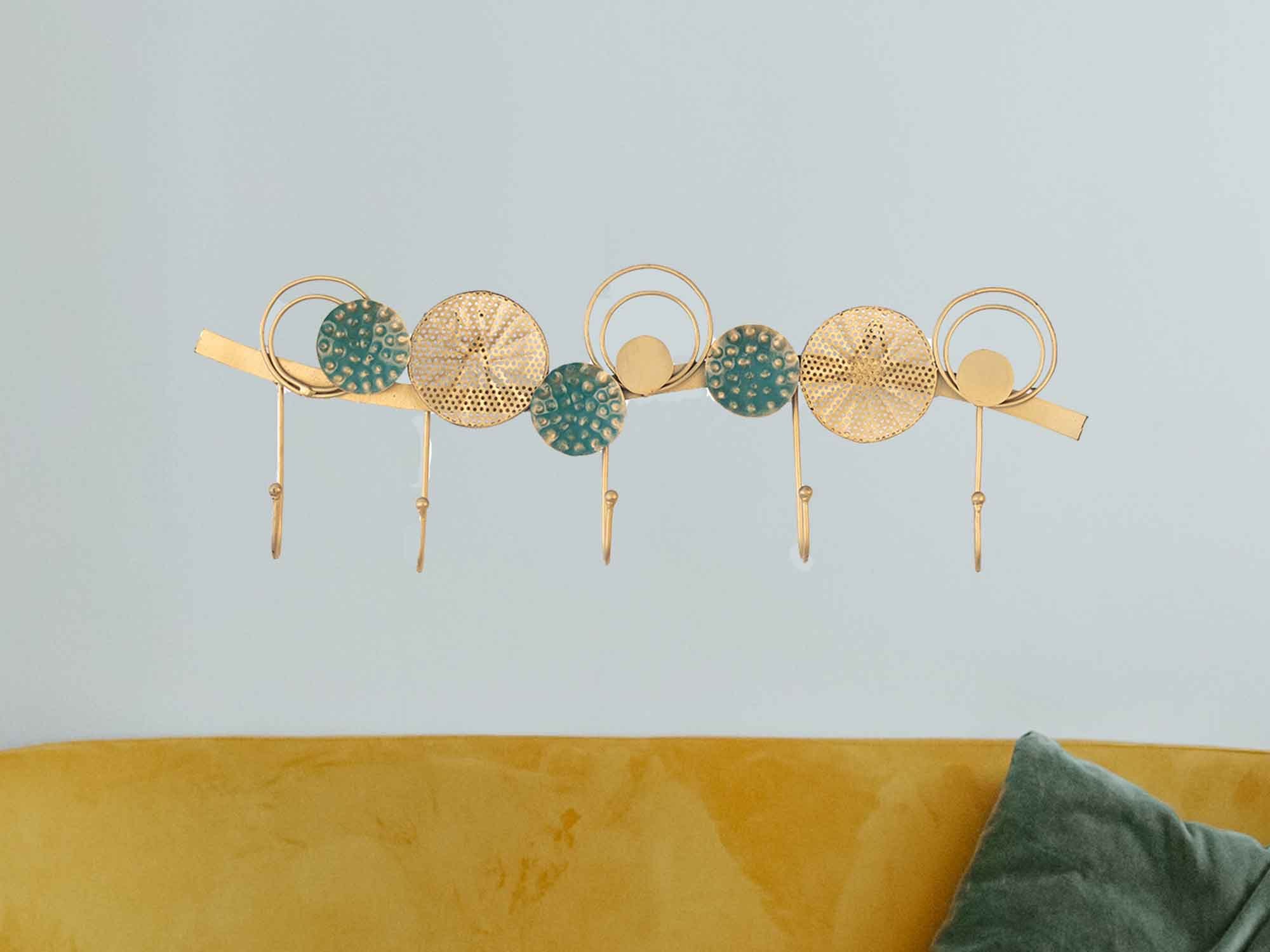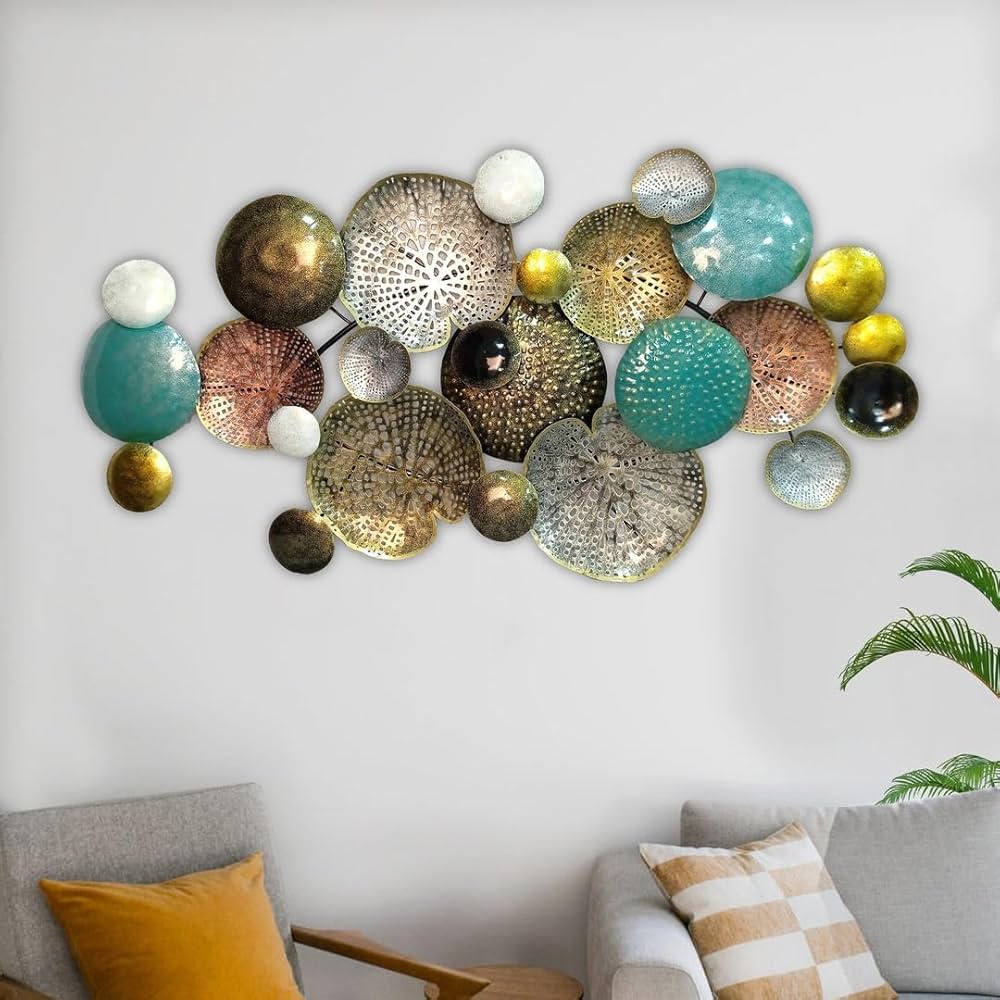Transform your spaces with the best paint products available at Douglasville Ace Hardware. Whether you’re refreshing your walls, staining your deck, or priming surfaces, our selection of premium paints ensures quality outcomes for any home improvement task. As part of the Ace Hardware family, we pride ourselves on providing excellent customer service and expert advice to help you find the ideal paint solution for your needs. Visit us in Douglasville, GA, and experience the personalized service that sets us apart.
Owner and Manager of Douglasville Ace Hardware emphasize, “We are committed to being ‘the Helpful Place’ by offering our customers personal service, quality products, and a convenient shopping experience from the local experts who know you best.”
Benjamin Moore Regal Select Satin/Pearl White Interior Latex Wall Paint Interior 1 gal
This premium quality, 100% acrylic paint provides a durable and washable finish, perfect for high-traffic areas. Its stain release technology ensures easy removal of household stains, while offering exceptional flow and leveling for smooth application. With a coverage of 400-450 square feet per gallon, it’s ideal for new or previously painted wallboard, plaster, and masonry.
“The Benjamin Moore Regal Select is our go-to recommendation for anyone looking for a reliable, high-performance interior paint,” says the store manager. “Its durability and ease of cleaning make it a customer favorite.”
Clark+Kensington Eggshell Tint Base Ultra White Base Paint + Primer Interior 1 gal
This interior paint combines paint and primer for superior coverage and an ultra-smooth finish. It is durable, scrubbable, and stain-resistant, suitable for a variety of surfaces. With over 1100 designer colors available, it ensures a customized look with a coverage of 400-450 square feet per gallon.
“Clark+Kensington’s versatility and range of colors make it a top choice for homeowners looking to revitalize their living spaces,” the manager notes.
Magnolia Home by Joanna Gaines Eggshell Tint Base Base 1 Paint and Primer Interior 1 gal
This advanced acrylic paint formula offers exceptional stain-blocking capabilities and premium coverage. Its mildew-resistant film and low odor make it ideal for interior surfaces. With a coverage of 250-400 square feet per gallon, it provides a durable and dirt-resistant finish.
“Joanna Gaines’ line of paints combines style with functionality, making it perfect for those looking to achieve a designer look,” the store manager shares.
Cabot Solid Color Acrylic Stain & Sealer Solid Tintable Neutral Base Acrylic Deck Stain 1 gal
This exterior stain and sealer is perfect for wood decking, fencing, and cement patios. Its 100% acrylic formula is water-repellent and fade-resistant, offering excellent adhesion and scuff resistance. With a coverage of 350 square feet per gallon, it ensures long-lasting protection.
“Cabot’s deck stain is a must-have for anyone looking to maintain their outdoor spaces with minimal effort,” says the store manager.
KILZ White Flat Water-Based Acrylic Stain Blocking Primer 1 gal
This fast-drying primer-sealer-stain blocker is suitable for both interior and exterior applications. It features a mild odor and can be top coated with latex or oil-based paint. With a coverage of 300-400 square feet per gallon, it’s ideal for sealing new drywall and preparing surfaces for painting.
“KILZ primer is an essential product for anyone starting a painting project, ensuring a smooth and long-lasting finish,” the manager explains.
For all things Ace Hardware, please visit acehardware.com.











